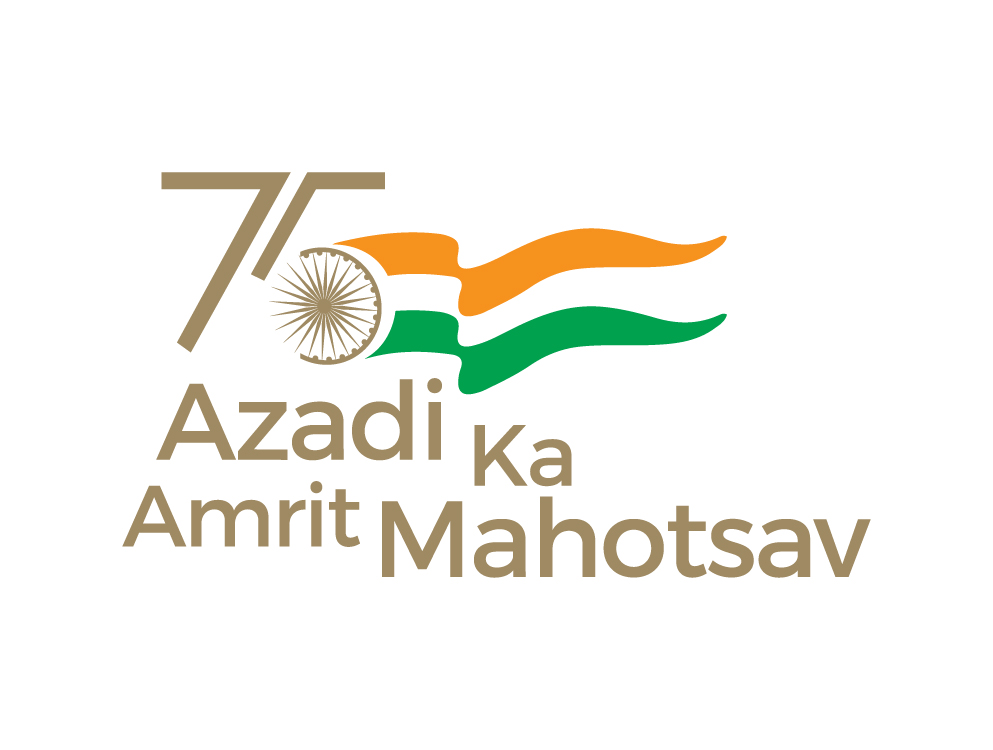EARLY BEGINNINGS

Law Reform has been a continuing process for more than 300 years in India. The Charter Act, 1833 enacted by the British Parliament, vested for the first-time legislative power in a single authority, namely, the Governor-General in Council. By this authority and the authority vested in him under section 22 of the Indian Councils Act 1861, the Governor-general in Council enacted laws for the country from 1834 to 1920. By a Resolution No. 80 dated the 8th February 1869, the connection between the then existing Home Office and Legislative Department had been severed and the Legislative Department which was a branch of the Home Office had become a distinct Department with effect from the 10th February 1869. The Charter Act was enacted with a view to achieving the object of comprehensive consolidation and codification of Indian laws. It established an All India legislature, the Legislative Council, created an office of Law member and provided for the appointment of Law Commission. The section 53 thereof can be described as “legislative mainspring” of law reform in India about policy which provided for the enactment of such laws as might be applicable in common to all classes of inhabitants and that all laws should be ascertained and consolidated. The Legislative Council consisted the Governor-General and four members out of whom one being a law member. It was granted powers of legislation. The Council could repeal, amend or alter any law and regulation in force within the then territory of India. The Charter Act enabled the Governor-General in Council to appoint a commission to be called as Indian Law Commission for enquiring, inter alia, into the nature and operation of all laws, written or customary prevailing or in force in any part of British India to which any inhabitant of this country was then subject, to prepare a report thereof and advise the Legislative Council on matters of law. The law reform process was for the first time institutionalized through duly constituted Law Commission by the Governor-General in Council. Initially, the Law Commissions were empowered to recommend legislative reforms with a view to clarify consolidate and codify branches of law where the Government felt the necessity for it. During British period, four Law Commissions were constituted to prepare drafts on different subjects of legislation for codification. The First Law Commission consisting of Lord Thomas Babington Macaulay as the First Law Member and three other members produced a draft of Penal Code in 1837, Limitation Law in 1842 and a Scheme of Pleadings and Procedure in 1848. Thereafter, the second, third and fourth Law Commissions were constituted in 1853, 1861 and 1879 respectively which, during a span of fifty years contributed a great deal to enrich the Indian Statute Book with a large variety of legislations on the pattern of the then prevailing English Laws adapted to Indian conditions. The Indian Code of Civil Procedure, the Indian Contract Act, the Indian Evidence Act, the Transfer of Property Act. etc. are products of the labour of the first four Law Commissions.



